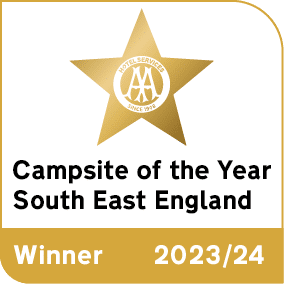Castles & Monuments
The fortifications of the Isle of Wight provide an historic insight into the Island’s strategic role throughout history
Carisbrooke Castle dates from Norman times and brings history alive to many thousands of visitors each year. Yarmouth Castle, the Needles Old Battery and Fort Victoria, will be of interest to the military historian as well as the casual visitor
Hilltop monuments such as the Yarborough Monument on Culver Down and the Tennyson Monument on Tennyson Down await discovery by the walker
Upon St Catherine’s Down, you will find the imposing Russian-style Hoy Monument and St Catherines Oratory, the original 14th century lighthouse known locally as the “Pepperpot”


